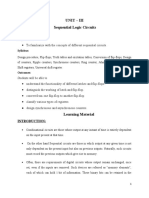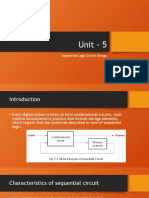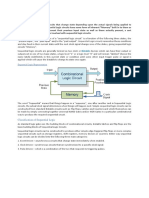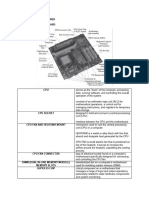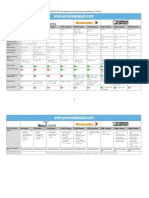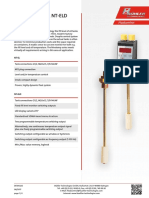0% found this document useful (0 votes)
23 views10 pagesDLD Lab 09
This lab report focuses on the introduction and implementation of memory units, specifically latches and flip-flops, in digital logic design. It outlines objectives, theoretical concepts, and procedures for implementing SR latches and flip-flops using NAND and NOR gates, as well as D flip-flops using 74LS74 IC. The report includes assessment criteria for student performance and experimental results.
Uploaded by
moizkhan54321abcdCopyright
© © All Rights Reserved
We take content rights seriously. If you suspect this is your content, claim it here.
Available Formats
Download as PDF, TXT or read online on Scribd
0% found this document useful (0 votes)
23 views10 pagesDLD Lab 09
This lab report focuses on the introduction and implementation of memory units, specifically latches and flip-flops, in digital logic design. It outlines objectives, theoretical concepts, and procedures for implementing SR latches and flip-flops using NAND and NOR gates, as well as D flip-flops using 74LS74 IC. The report includes assessment criteria for student performance and experimental results.
Uploaded by
moizkhan54321abcdCopyright
© © All Rights Reserved
We take content rights seriously. If you suspect this is your content, claim it here.
Available Formats
Download as PDF, TXT or read online on Scribd
/ 10







